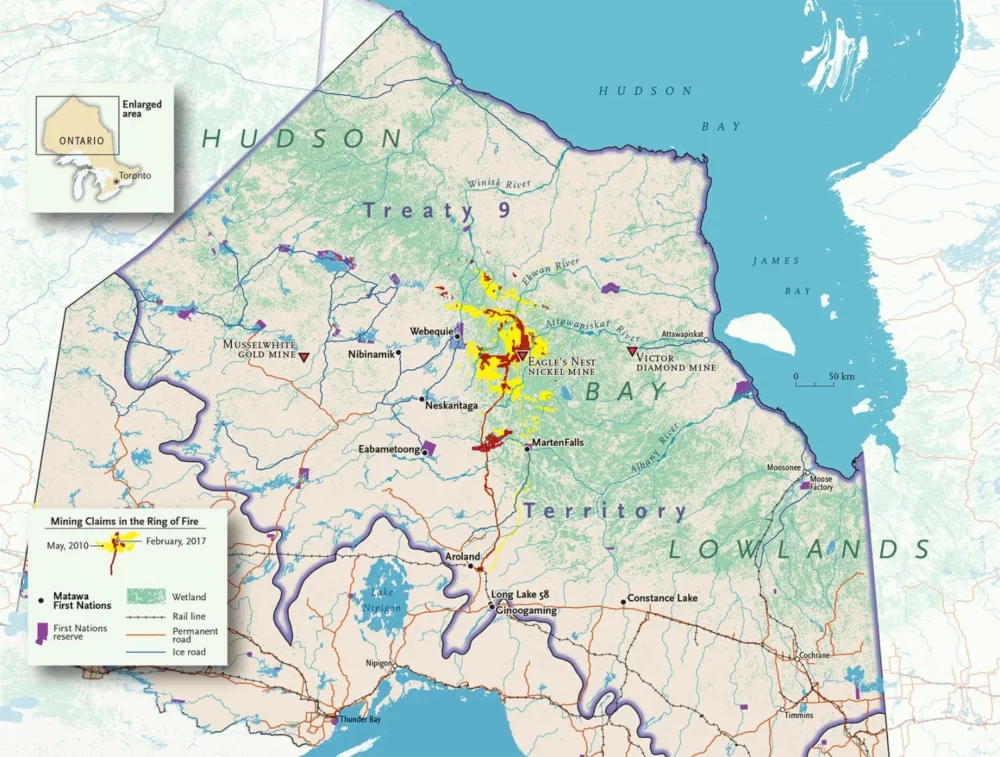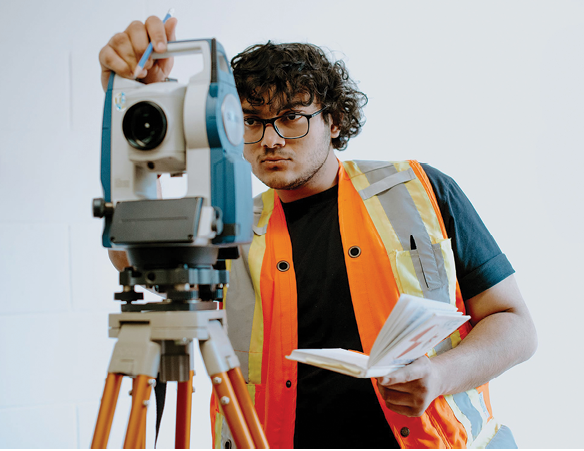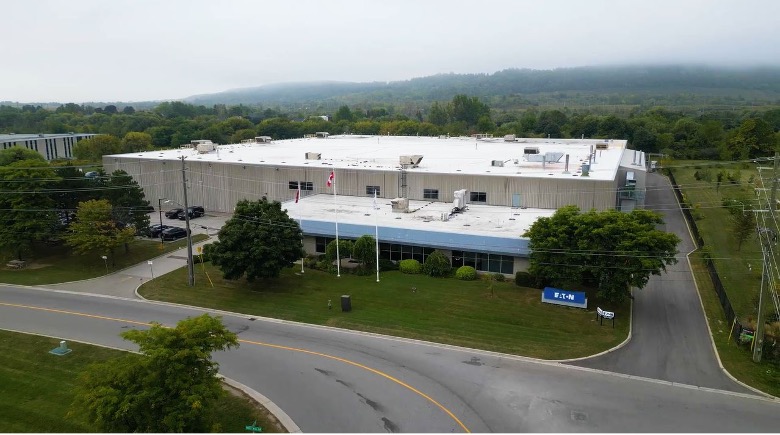BC’s mining sector is back – in a big way
After several consecutive years of decline in the global mining and metals sector, it looks like happy days just might be here again. And for British Columbia, the prospects are looking especially rosy, with growth in mineral and coal exploration spending up for the first time since 2012.
Optimism prevails
A variety of factors converged in 2017 to create this positive result. These include rising, or at least stable, commodity prices which have bought about an overall improvement in market sentiment towards exploration and, more importantly, a growing sense of investor confidence in the sector after years of being starved of capital.
The survey found that, while exploration investment was considerably lower than the peak years of 2011-12, it marked the first year of growth since that time. Compared to 2016, expenditure levels increased by 21% to $246 million.
Gold still glitters
Gold accounted for 75% of global exploration expenditure in 2017. In B.C. gold was in even more demand, up 32% from 2016 to $151 million, and accounting for 87% of the total exploration expenditures in the province. It was also the number- one primary target out of 38 for nearly 40% of survey respondents, and a commodity of interest for 65% of those who indicated a commodity focus. This was an increase of more than 10% – a not insignificant figure.
B.C.’s Northwest and South Central regions saw the greatest increase in gold exploration, accounting for 80%. These areas encompass the historic Cariboo gold belt and the so-called Golden Triangle, which has benefited from three very important infrastructure upgrades recently – the paving of the Stewart-Cassiar Highway, the opening of ocean port facilities for export at Stewart and the completion of a $700-million high-voltage transmission line.
It’s interesting to note that nearly all the increase in spending in gold exploration has been on existing projects rather than new ones.
Other metals still have their lustre
While gold took top spot in B.C. extraction investment in 2017, base metals held their own, with about 20% of exploration expenditures.
Copper accounted for the vast majority (80%) of base metals exploration expenditure in 2017. This was higher than its global share of base metals exploration expenditure (69%).
Zinc exploration in B.C.
came back as well, up 46% to $8.2 million, as prices continue their upward trajectory since mid-2015. Its share of base metals budgets grew from 13% the year before to 18% in 2017.
What’s next?
Increased appetite for exploration is reassuring during a time in the industry when resource depletion is beginning to become a very real concern.
According to the EY report Business Risks Facing Mining and Metals 2017-2018, miners’ concerns about resource replacement entered the top 10 risks they face for the first time.
The bottom of the supercycle, compounded by increasing exploration costs due to harder-to-reach reserves, had exploration spend sitting at the bottom of the corporate agenda until recently. Future growth depends on exploration investment, however. A lack of spend is equivalent to technology companies not spending on innovation. It’s encouraging to see miners picking up their investment in exploration in B.C.
Whatever is on the far horizon for the province’s mining sector, B.C.’s diverse resource-based economy will continue to thrive. Companies need to make the investments in research and ever-evolving technologies to adapt to changing circumstances.
If they do this, and at the same time serve as responsible custodians of the province’s rich natural resources, the future will be very bright.
IAIN THOMPSON is the EY Canadian Mining & Metals Advisory Services Leader. He is based in Vancouver. To read more about the British Columbia mineral and coal exploration survey, visit ey.com/ca/bcminingsurvey.





Comments